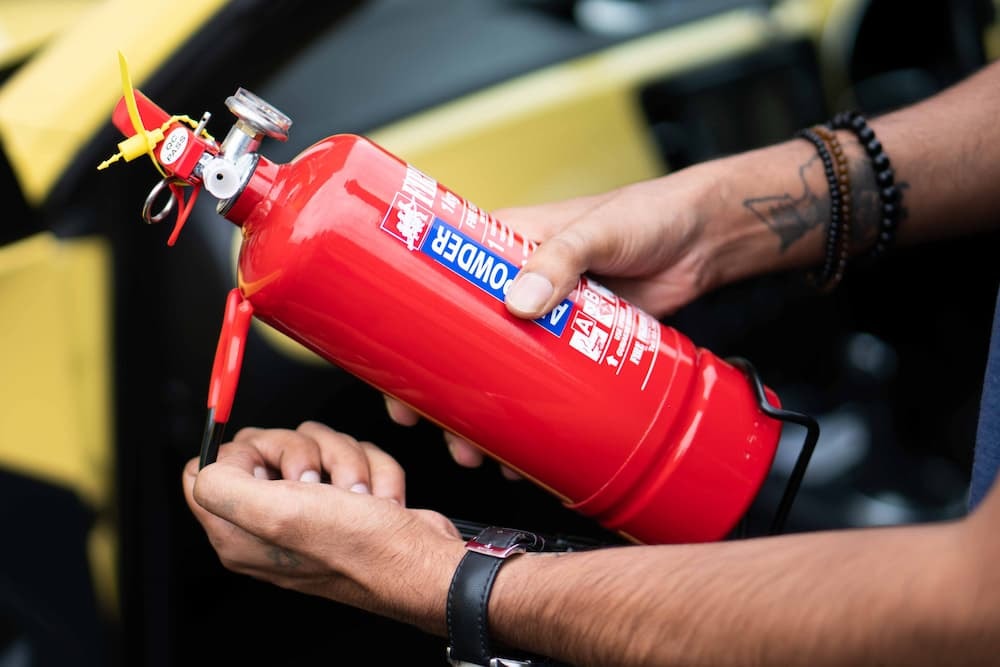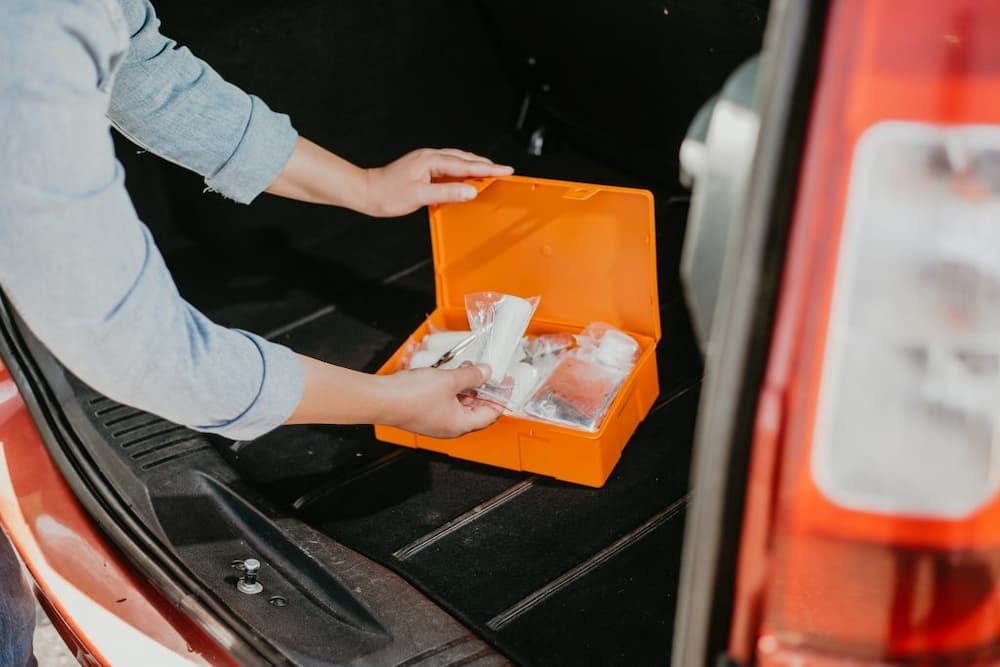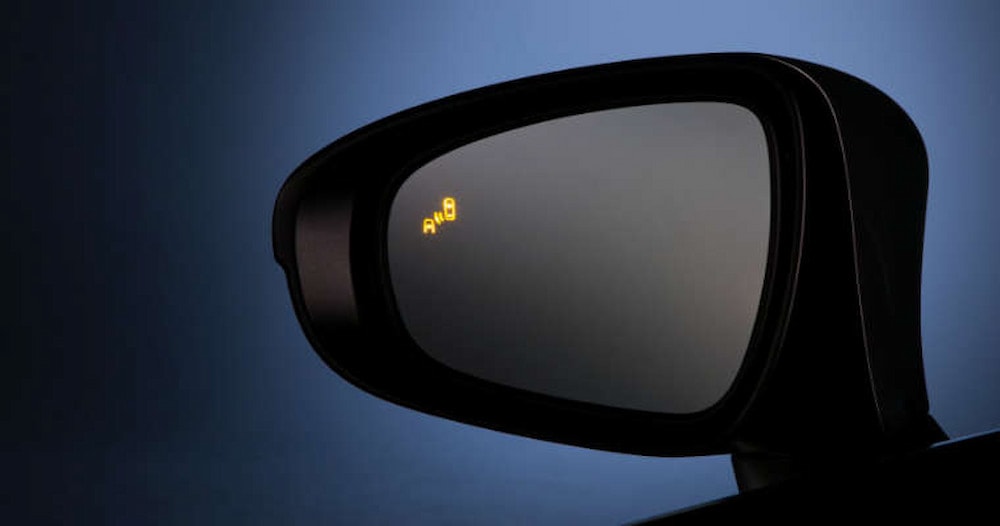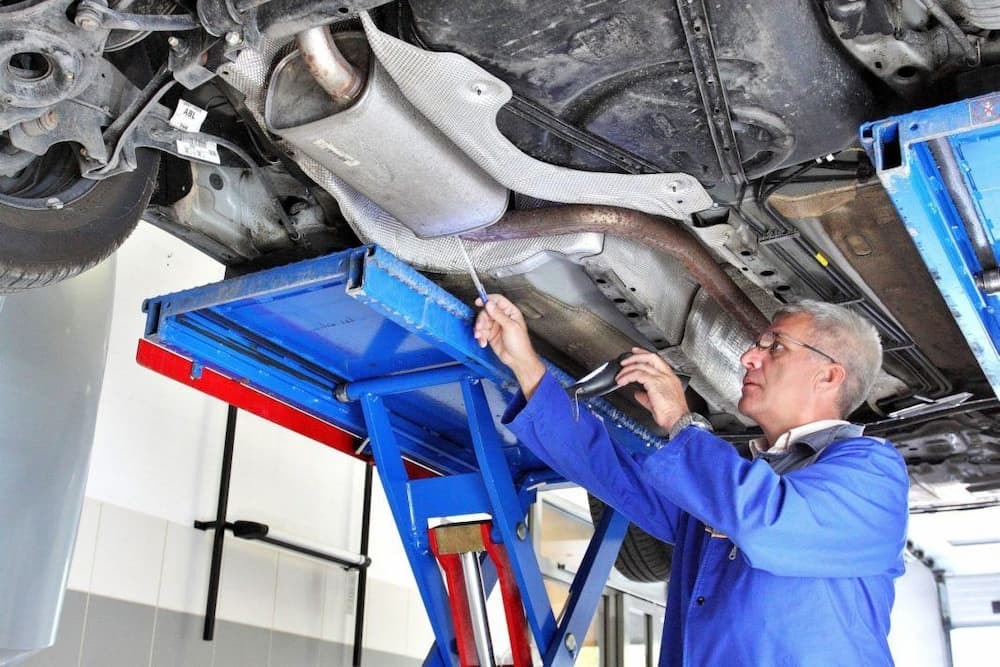The year 2025 brings further changes to mandatory car equipment regulations. The introduction of the new regulations is a result of the efforts of the European Union and the Member States - including Poland - to increase road safety and reduce the number of accidents. In this article, we explain what the compulsory equipment of a passenger car is, what elements each vehicle should contain, what is changing in 2025 and what we can expect during a roadside inspection and at a vehicle inspection station.
What does the compulsory car equipment include?
Compulsory car equipment is a set of elements which - according to Polish regulations - every vehicle must have in order to be able to drive on public roads. This applies not only to mandatory car equipment new, but also of cars already in use. In line with Decree of the Minister of Infrastructuremandatory elements of vehicle equipment are crucial for your own safety and protection of other road users.
Among the most important compulsory equipment of a passenger car in Poland belong:
- Warning triangle - used in the event of a vehicle breakdown or accident to warn other drivers of the presence of an immobilised vehicle.
- Fire extinguisher - designed to extinguish operating fluids, stored in a an easily accessible place and with an up-to-date inspection.
- Licence plates - compliant, fixed in place.
- Vehicle odometer - to monitor the operation of the car.
- Seat belts - mandatory for all passengers, including on each outer front seat.

Car equipment that is not compulsory
Polish regulations do not require the possession of e.g. reflective waistcoat, first aid kits or spare wheelbut can be extremely useful in many situations. For safety and convenience, it is also advisable to equip the vehicle with:
- working spare wheel or a repair kit,
- reflective waistcoat - especially if travelling at night or outside built-up areas,
- protective gloves - helpful when changing a wheel, for example,
- first aid kit - especially when driving in rural areas or travelling abroad.

New compulsory car equipment in 2025
The year 2025 brings a number of changes as a result of European type-approval regulations, which aim to increase safety and adaptation of cars to new technologies. New compulsory car equipment mainly applies to cars newly manufactured after 6 July 2024, but some requirements will also cover vehicles undergoing first registration after importation.
To the new mandatory equipment of a passenger car in 2025 are inter alia.:
- Speed Assistant (ISA) - a system that informs the driver of the applicable speed limits and whether they are being exceeded.
- Emergency braking system (AEB) - automatic brake application in the event of a crash risk.
- Lane-keeping system - warns the driver and may interfere with the steering in the event of unintentional change track.
- Driver fatigue detection system - monitors driving style and indicates when a break is required.
- Traffic sign recognition system - identifies limitations and warnings based on the image from the windscreen.
- Reversing cameras i parking sensors - supporting safe manoeuvres.
- Blind spot sensors - warning of the presence of other road users in invisible areas.
It all has a common goal - reducing the risk of accidents and improvement sufficient field of vision for the driverwhich is in line with the EU strategy Vision Zero, assuming the total elimination of road traffic fatalities.

Roadside checks and vehicle inspection stations - what do they look out for?
Roadside checks and periodic technical inspections on vehicle inspection centres take into account both compulsory car equipmentas well as its general technical condition. The absence of a required component - e.g. fire extinguisher or warning triangle - may result in a fine and, in the case of more serious infringements, also in the withdrawal of the registration certificate.
No compulsory car equipment can also be an obstacle to a positive review outcome. Particularly relevant are:
- exhaust silencer - must be operational and leak-proof,
- Seat belt anchorages - must not be damaged,
- automatic windscreen wipers - must work properly,
- sufficient field of vision for the driver - no objects can constrain it.

Company vehicles and cars from abroad - different requirements?
In the case of company cars and foreign-registered vehicles may apply different requirementsHowever, any vehicle travelling on Polish roads must comply with the national legislation concerning mandatory car equipment. This means having to comply with the rules of state of registration of the vehiclebut also to take account of local regulations, e.g. in terms of having a liability insurance, registration certificatewhether confirmation of validity of the policy.
It is also worth remembering that traffic control police can carry out at any time and lack of car equipment may result not only in a fine, but also in problems with the border insurance or civil liability in the event of traffic accident.
Safety first - systems that save lives
Although for many drivers obligation to have additional systems may seem cumbersome, it is worth looking at them as an investment in own safety. Statistics show that advanced safety systems can significantly reduce the number of road accidents. Among these, the most common are:
- lane assistant - prevents unintentional leaving the lane,
- Lane change assistant - supports in lane change, analysing the traffic situation,
- blind spot monitoring - protects against collision with another vehicle in the invisible zone,
- automatic emergency braking - reacts faster than humans in emergency situations,
- adaptive cruise control - i.e. active cruise controlwhich adapts its speed to the environment.
These are solutions which, although sometimes costly, bring real benefits in terms of improving safety and driving comfort.
ZENBOX PRO - intelligent safety management in the vehicle
In this age of advanced technology, many drivers are looking for a way to better tailor the operation of electronic systems to their needs. The answer to these expectations is ZENBOX PRO - an innovative device that allows the driver to consciously and individually management of functions Security in the car.

ZENBOX PRO it:
- the possibility of temporarily or permanently disabling selected functions, such as fatigue detection system, lane assistant, automatic emergency braking,
- better matching of the operation of the systems to driving style user,
- seamless integration into vehicle electronics without loss of warranty,
- rapid activation and deactivation of functions depending on conditions - e.g. adverse weather conditions,
- a solution for those who value control while caring about a range of safety standards.
ZENBOX PRO is not just about technology - it is a way of using modern solutions in an informed and comfortable way, while retaining full control over what happens to our vehicle. In 2025, when the requirements for car equipment in Poland will become increasingly complex, this tool could prove to be an invaluable support for any driver.
See also:
- Active vs. passive safety - what do you need to know?
- Start-stop system - operation
- Sign recognition system - how does it work?
- ISA system - how the intelligent speed assistant works
- ADAS - what it is and how it works
- Lane keep assist - how it works
- Driver fatigue detection system - does it really work?
- The most important safety systems in cars
